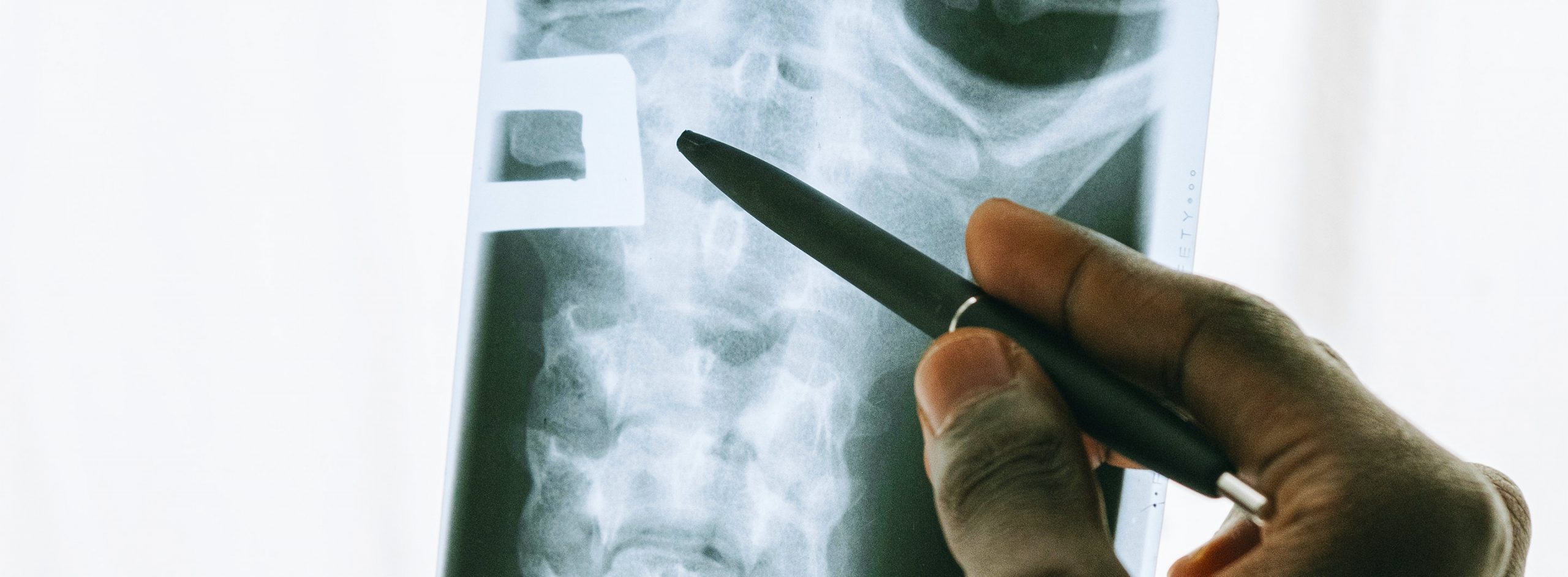Hospitals and diagnostic centers generate a massive number of medical images every day. The initial analog, film-based systems gave way to fully digital imaging systems. To facilitate image capture, storage, retrieval, viewing and sharing of images a Picture Archiving and Communication System (PACS) emerged. It reduced the need for hard copies of images and eased sharing of those between clinicians for interpretation and review.
On-premises PACS requires the customer to manage its IT infrastructure which includes capacity planning, provisioning, maintenance, upgrade, security, back up and disaster recovery. The scaling up of storage becomes a challenge as the volume of images and sizes keep growing steadily. It is further aggravated by need to store multiple copies (including off-site) for disaster recovery and regulatory compliance purposes. All of these become a major and constant burden in terms of efforts and costs.
Migrating existing PACS to cloud or using cloud native PACS solves most of these issues related to scalability, resiliency, moving from capital expenditure to operational costs, ease of management. Importantly, it enables application of AI/ML for analyzing the images and drawing inferences. This reduces the workload on the clinicians and brings in automated analysis along with speed and accuracy.
This whitepaper explains the evolution of PACS systems from on-premises to fully cloud based system. It also discusses the challenges posed by both these approaches and how edge computing provides solutions to those. It elaborates how edge computing improves overall performance, reduces costs and solves data governance issues for medical imaging.






